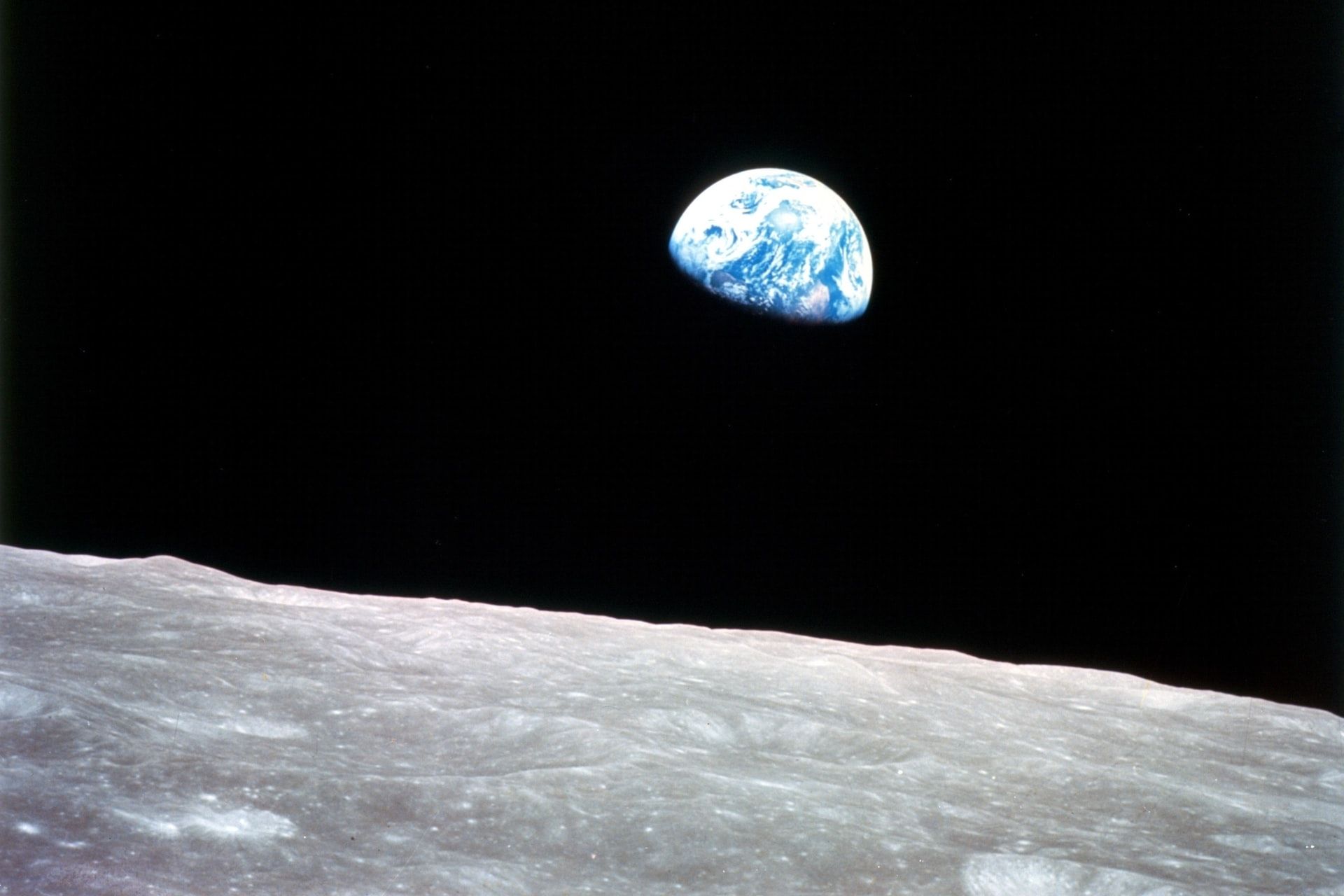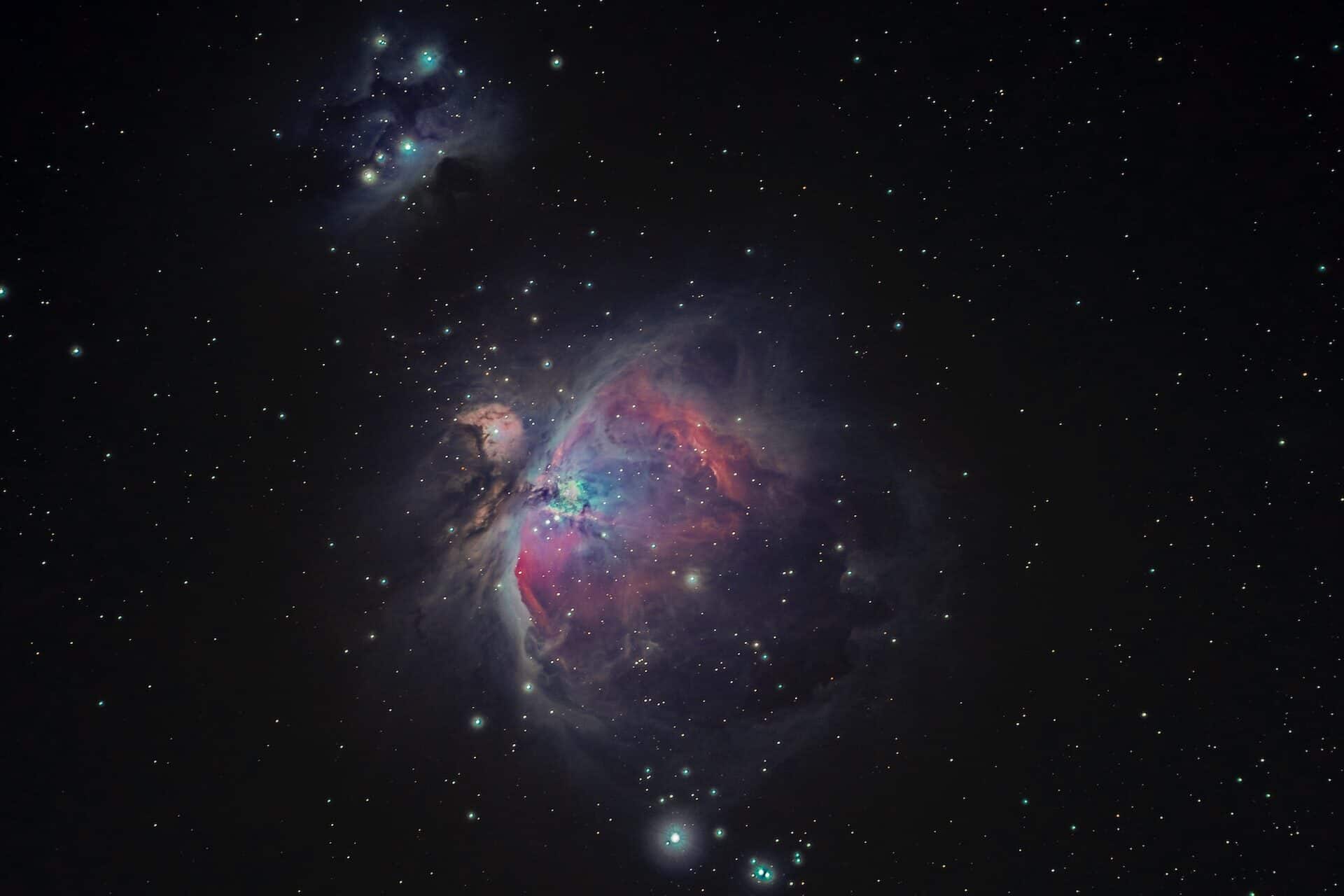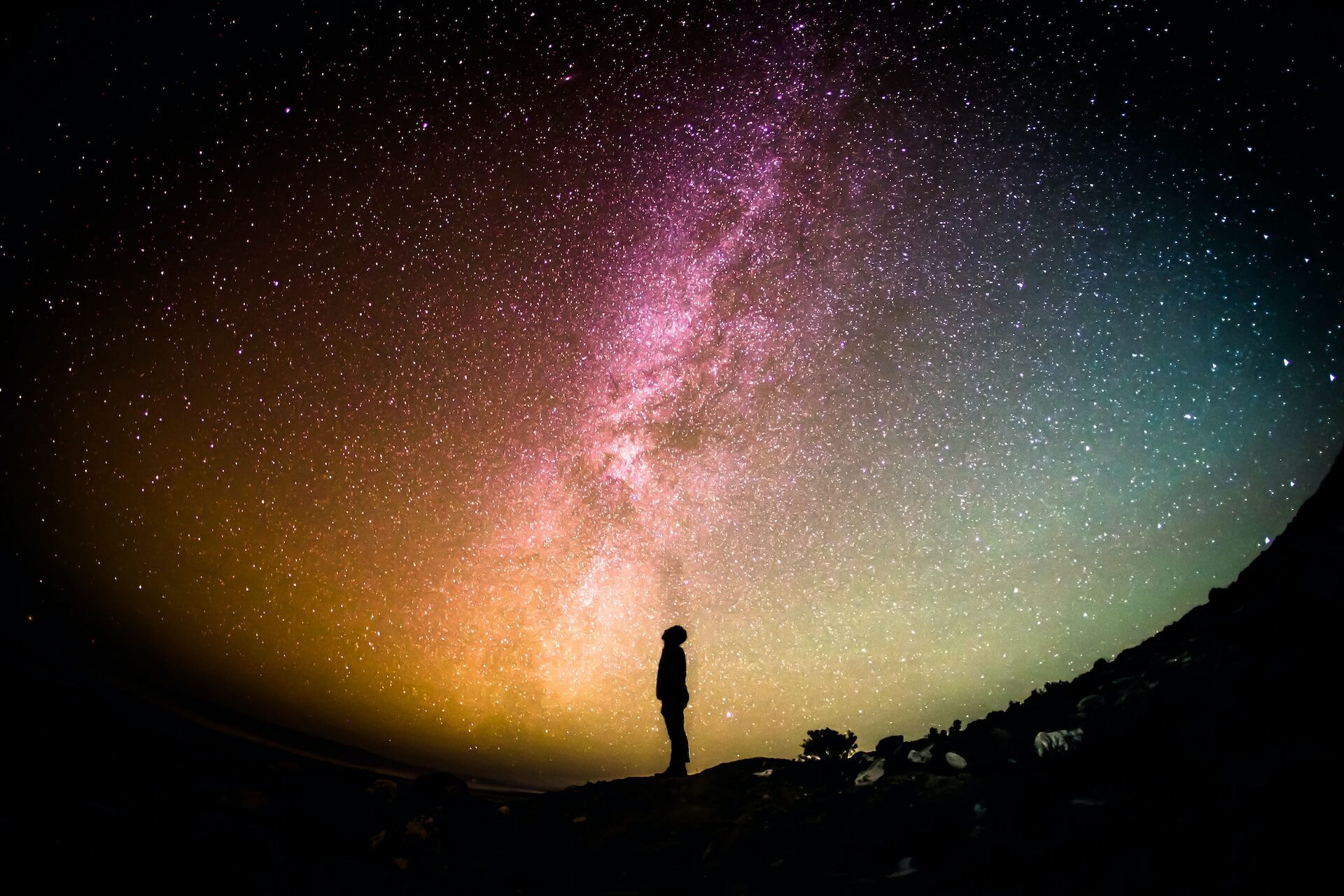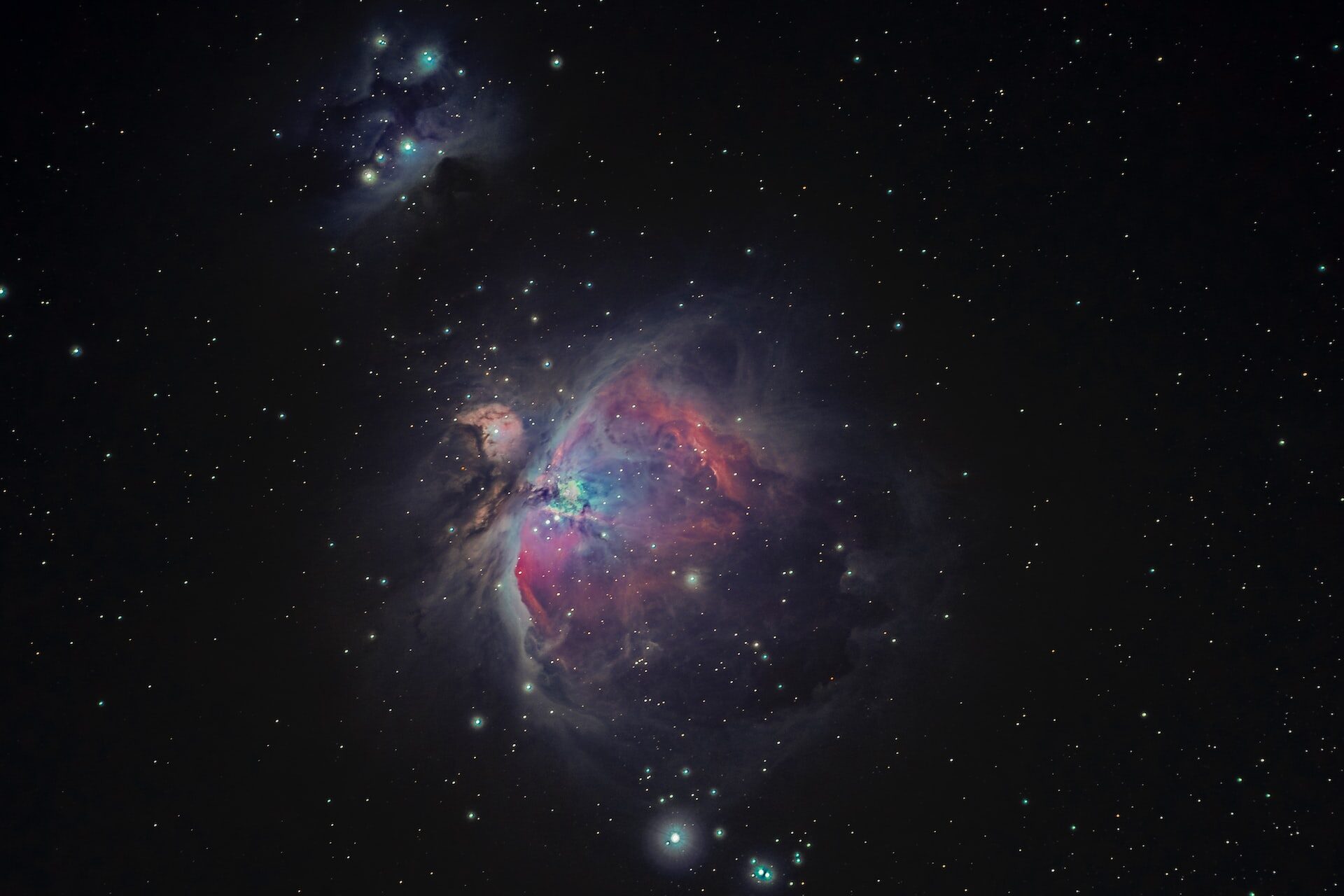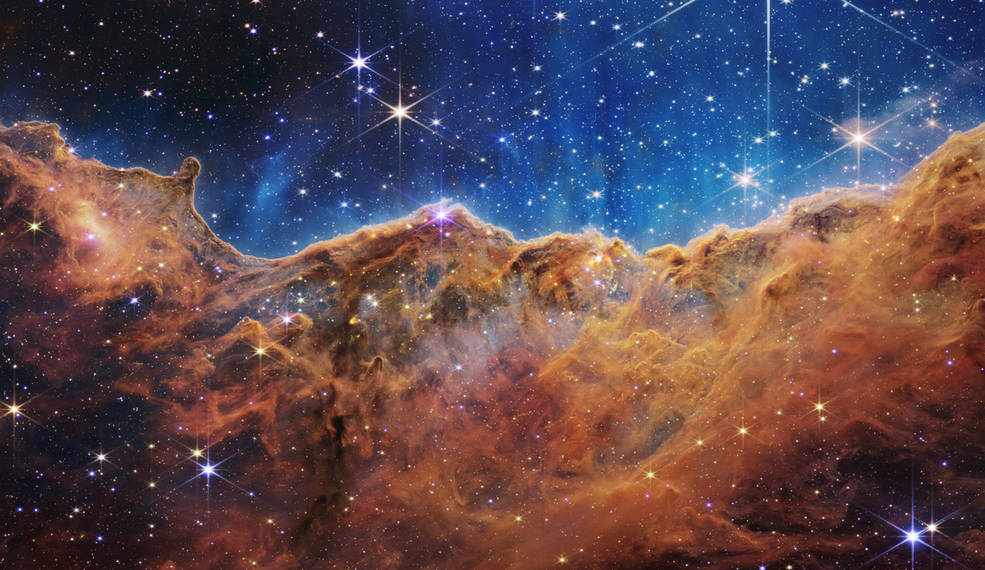
James Webb Images are Out of this World
July 12, 2022 - Emily Newton
Revolutionized is reader-supported. When you buy through links on our site, we may earn an affiliate commision. Learn more here.
It’s a day that space fans have been waiting months for — the reveal of the first images from James Webb, the space telescope launched from Arianespace’s ELA-3 launch complex in Kourou, French Guiana, in 2021. Let’s take a closer look at these mind-blowing images and see just what this incredible telescope might offer in the coming years.
Deep Field – SMACS 0723
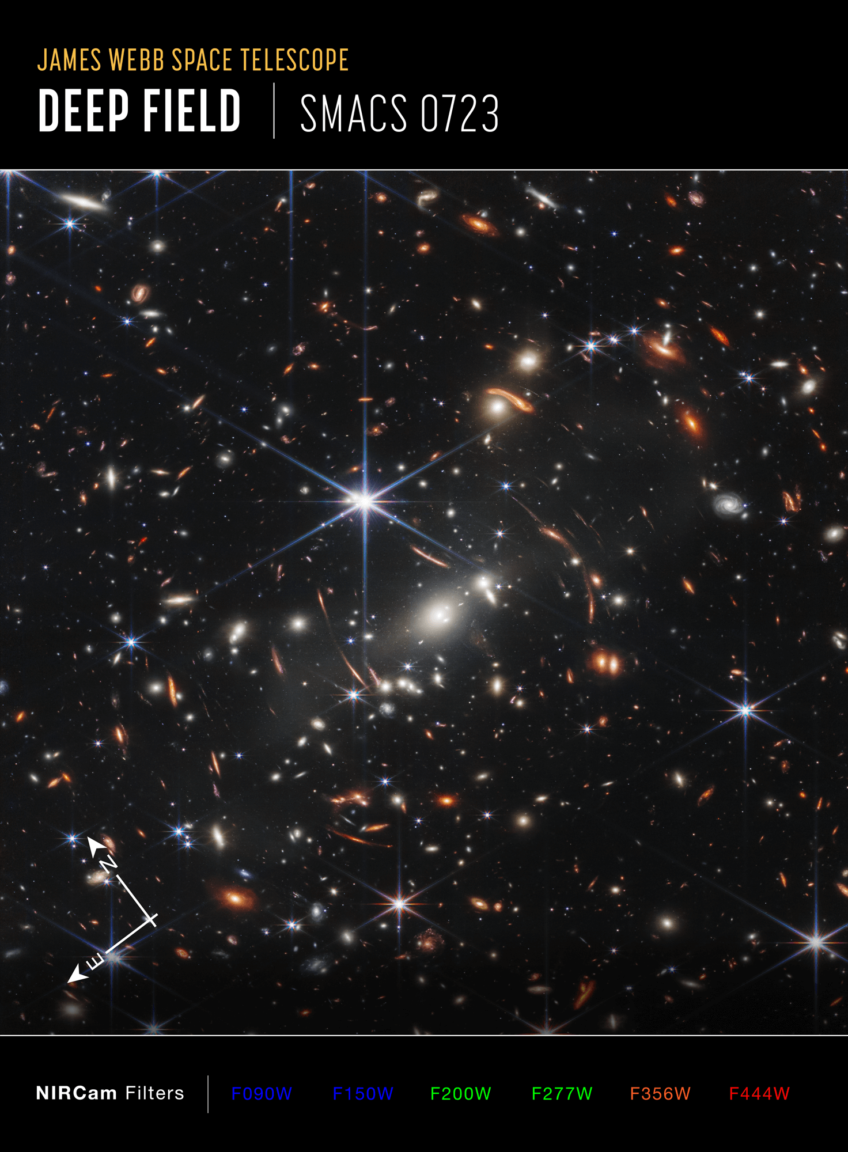
The first James Webb image was released on July 11th as a teaser to build anticipation for the July 12th live stream. This massive deep-field image is the universe’s furthest we’ve ever seen. This image showcases the same part of the sky that the Hubble Space Telescope captured in 1995, known as SMACS 0723, but the difference between the two images is striking. The James Webb image shows stars and galaxies in high resolution, capturing celestial bodies that date back 13.1 billion years. That’s only a few hundred million years after the big bang.
The massive six-pointed stars that seem to dominate the image are excessively bright because of their proximity to the telescope. They’re outside of our solar system but exist within our galaxy.
The most significant difference between the Hubble capture of SMACS 0723 and the James Webb image of the same section of the sky is the time it took. The Hubble image took nearly two weeks to complete. JWST captured a higher resolution image of the same area in just over 12 hours.
If parts of the SMACS 0723 image look blurry or distorted, we do not directly see the galaxies in those sections. The light from these galaxies has spent hundreds of billions of years traveling, and it’s stretched itself out on its journey to us.
Exoplanet – WASP-96b
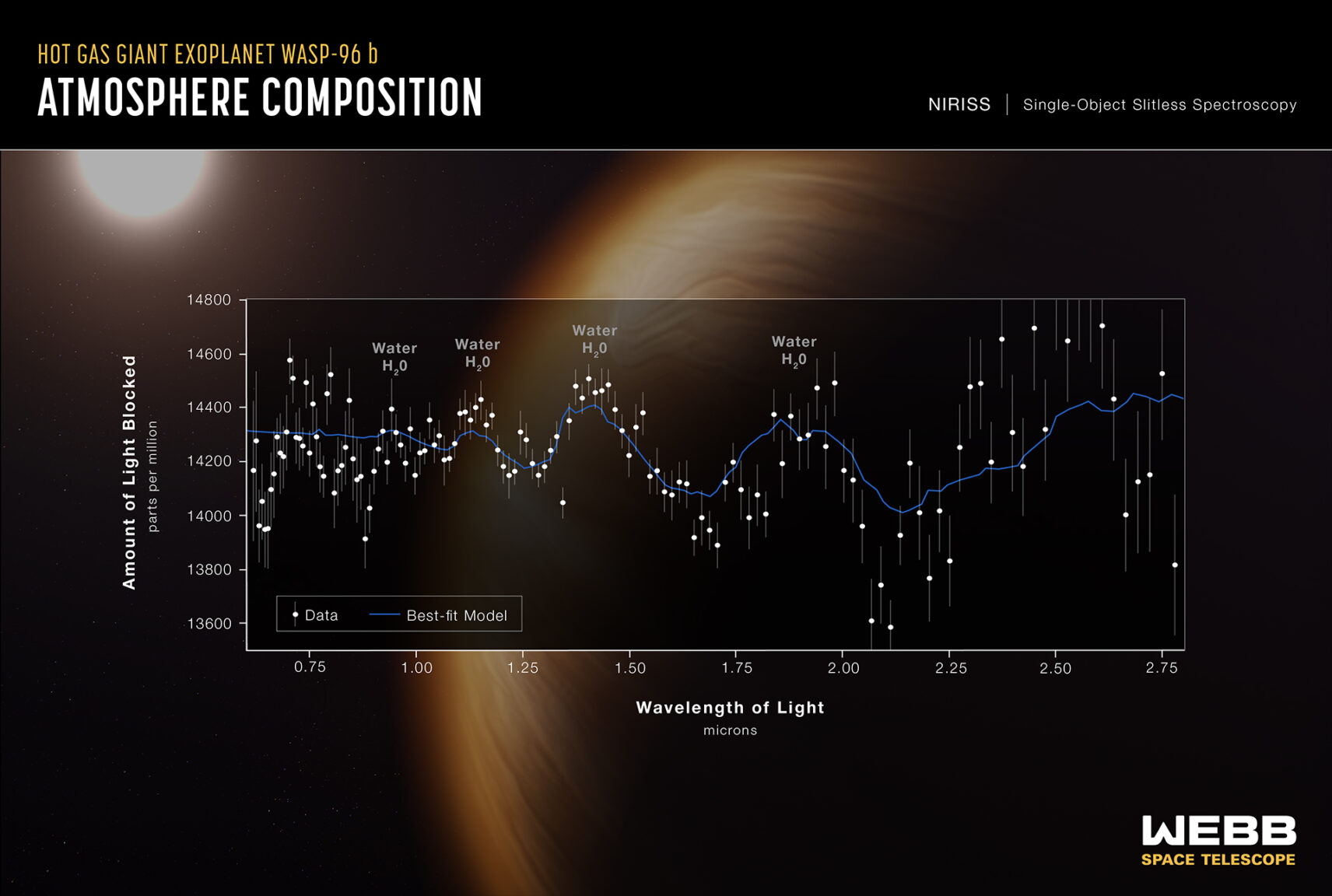
When NASA first started looking for a successor to the Hubble Space Telescope, the idea of hunting for exoplanets wasn’t even on the table. Today, it’s one of the most extensive parts of James Webb’s mission as it captures slices of the sky. The first of those planets captured by the telescope is WASP-96b.
According to Knicole Colon, a NASA astrophysicist and exoplanet scientist, WASP-96b is a gas giant about the size of Jupiter, though with half the planet’s mass. It orbits a star about 1,000 light-years from Earth, but unlike our Jupiter, WASP-96b is closer to its star than Mercury is to ours. By observing the planet as it transited or passed in front of its star, researchers could use the telescope to capture spectroscopic data about the makeup of its atmosphere.
As the light from the star passes through the atmosphere on its way to JWST’s instrumentation, it interacts differently depending on the materials it passes through. In this case, scientists could determine that water vapor is present in WASP-96 b’s atmosphere by analyzing the spectroscopic data from the telescope. The tiny spikes on the spectroscopic readout show the presence of clouds and hazes. Now, WASP-98b isn’t the sort of planet we’d like to call home — it’s too close to its star to support life — but it’s also only the first exoplanet we’ve spotted in the James Webb images. There are plenty of different places for scientists to search.
Stellar Death – The Southern Ring Nebula
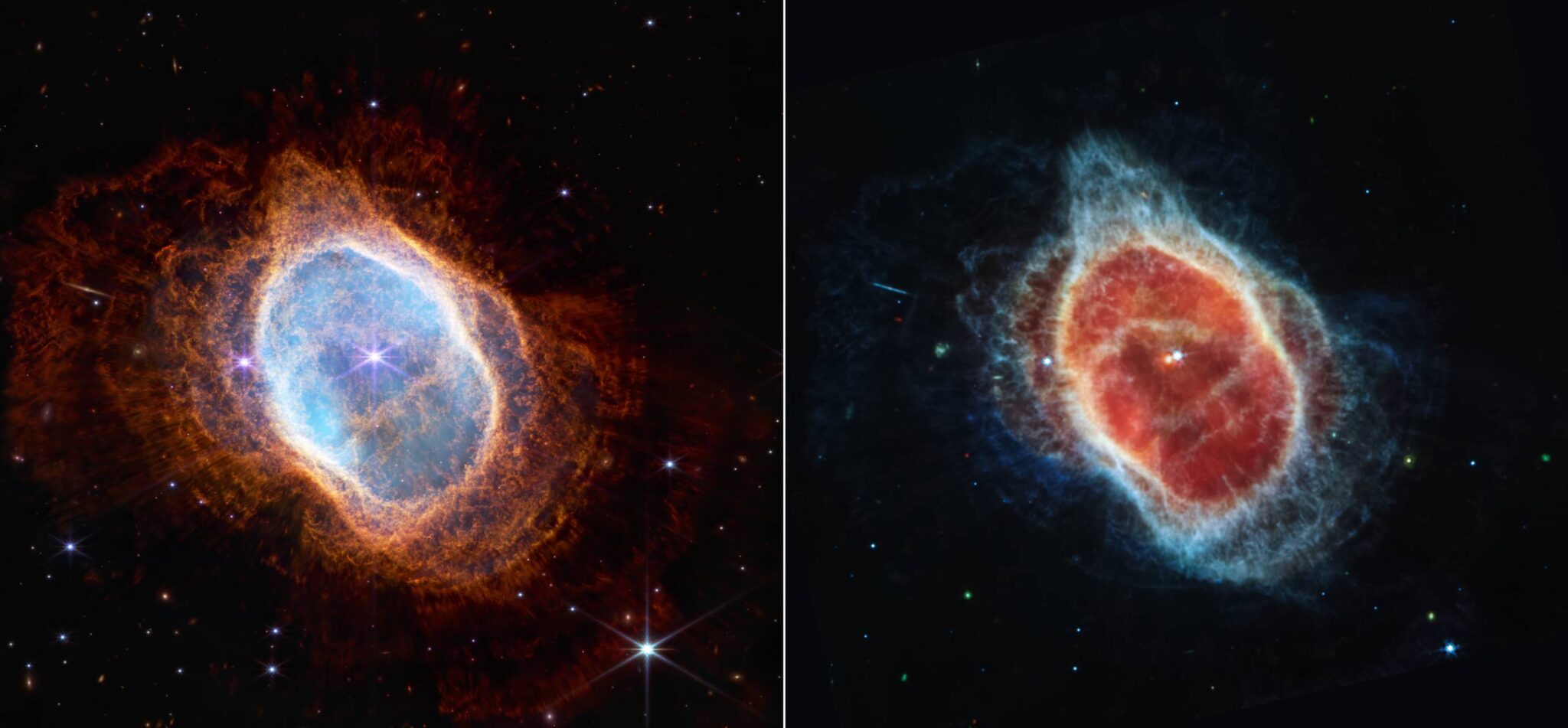
When a low-mass star dies, it sheds its outer layers in waves, creating a planetary nebula with a white dwarf at its core. The James Webb images captured of the Southern Ring Nebula help us see those waves. The JWST team shared two photos of the Southern Ring Nebula — one colored by the talented hands of science visual developers like Joe Depasquale and Alyssa Pagan and the other using data collected by the mid-infrared instrument or MIRI.
The first image shows the waves of orange gasses surrounding a bright white dwarf at the nebula’s core. According to Karl Gordon, a mid-infrared astronomer, the brilliant orange color is due to molecular hydrogen. Hot ionized gas makes up the blue core around the star.
At first glance, this might appear to be a single star until you strip away some of the layers and switch to data collected by MIRI. Without the bright illumination of the white dwarf dominating the image, it becomes easy to see that the system at the core of the Southern Ring Nebula is a binary. Two dying stars rest in the center of this nebula, giving us more answers about what happens at the end of a star’s life.
As a bonus, take a peek at the upper lefthand corner of the nebula. Upon closer inspection, what looks like a ray of light streaming out of the cloud is revealed to be a nebula. There are so many things hiding in these images that scientists will be studying for years to come — and we’re expecting to see new James Webb images a lot more frequently than we saw with the Hubble telescope.
Galaxy – Stephen’s Quintet
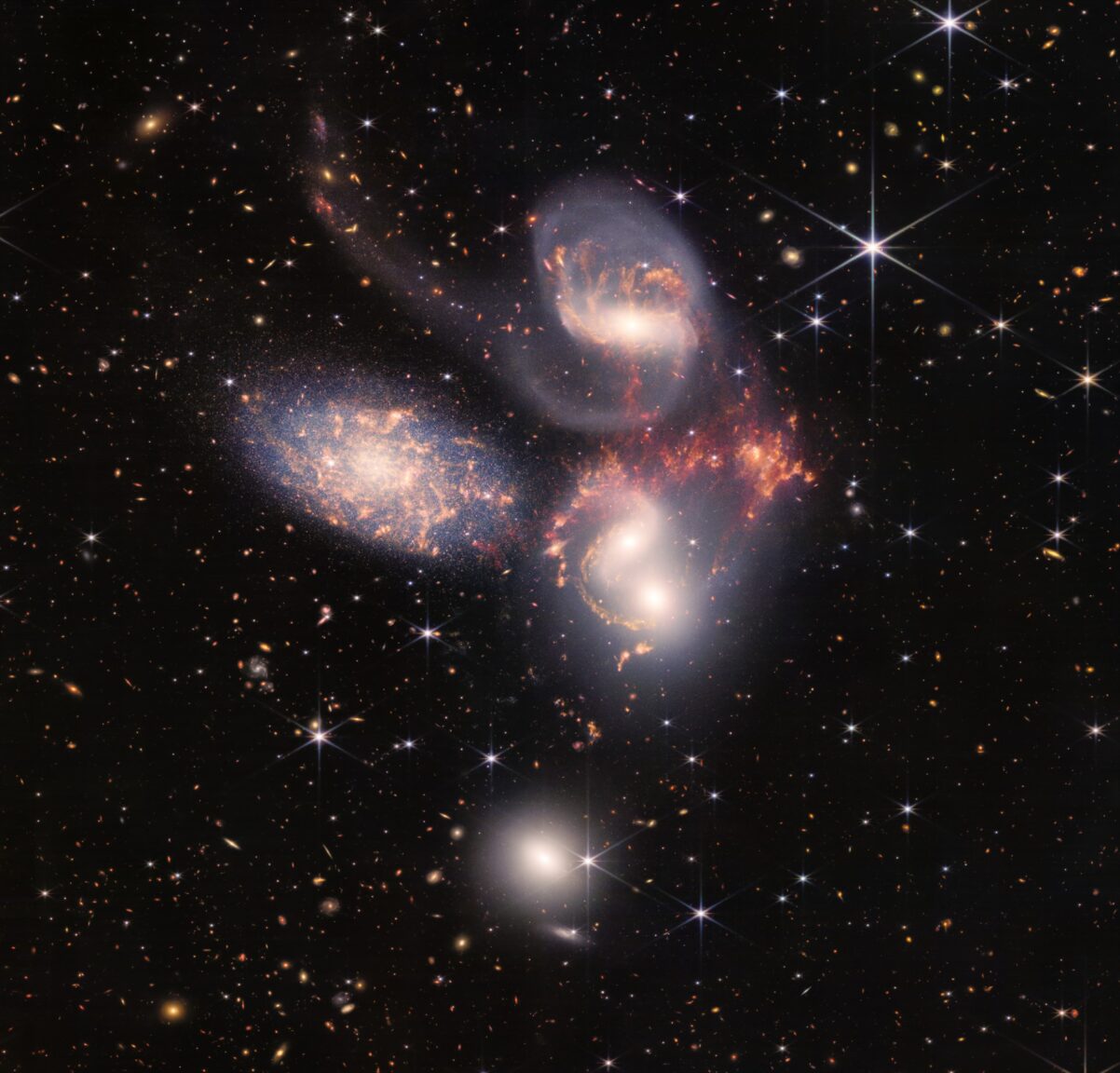
We think of galaxies as solitary entities with massive stretches of space between them. That couldn’t be further from the truth, especially with Stephen’s Quintet. This image showcases a gathering of five galaxies, all existing in close proximity to one another, locked in an endless cosmic dance by the gravity wells of each. Two galaxies appear to be merging, letting us watch in real-time what happens when multiple galaxies collide and become one massive entity.
This incredible image combines near-infrared spectroscopy (NIRSPEC) and MIRI images. If you strip away the NIRSPEC images, you’re left with images of delicate gas clouds and one galaxy — at the top of the picture — that shows a spark 40 billion times brighter than our sun.
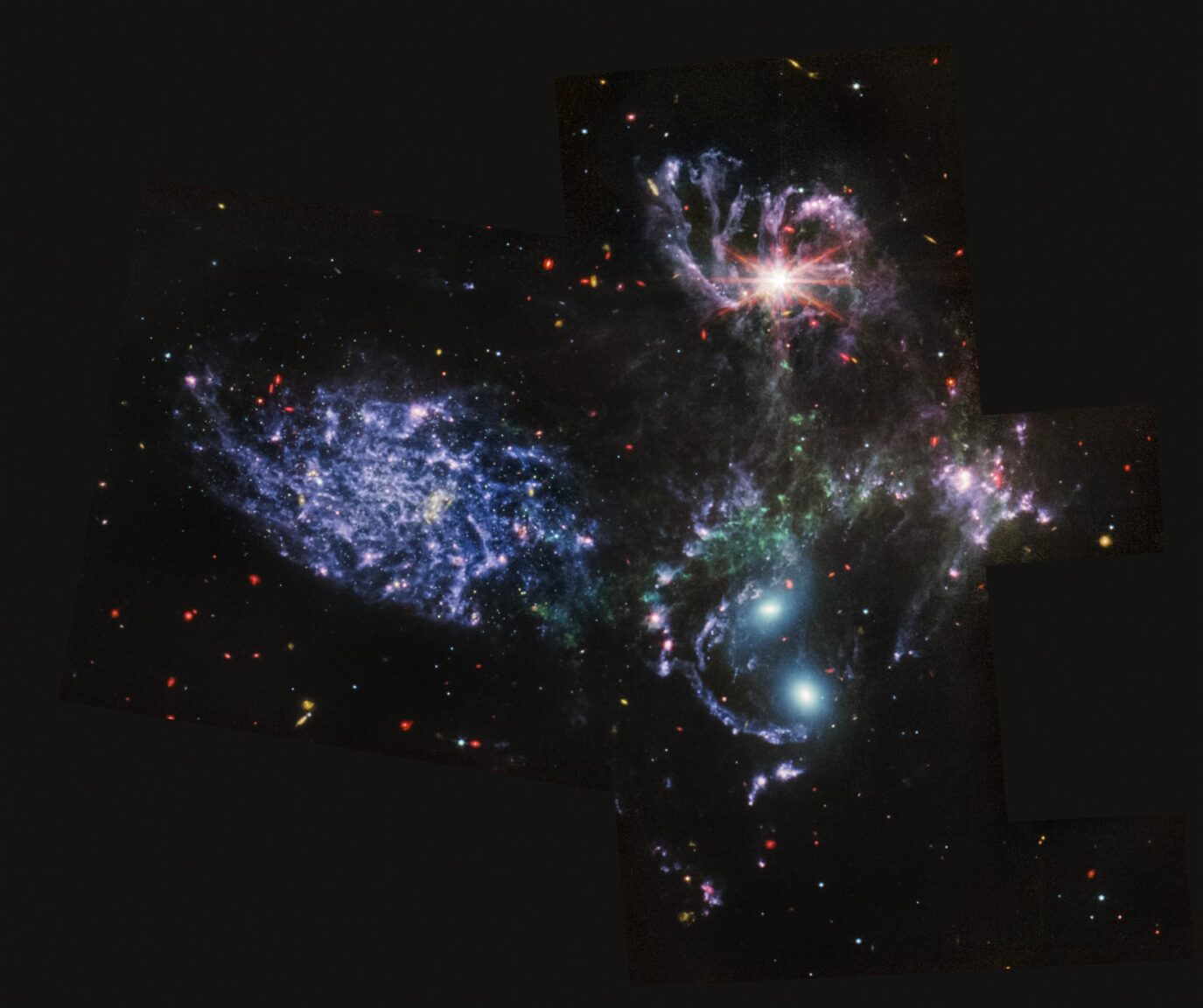
That bright spot in the center of the topmost galaxy is an active black hole, according to WEBB NIRSPEC scientist Giovanna Giardino. What we’re seeing isn’t the black hole itself, but the light and energy generated by the gasses and materials pulled into that galactic monster.
Between the galaxies, the James Webb images show a growing cloud of heated gas and dust. This cloud could be the perfect place for this amalgamation of galaxies to give birth to new stars and planets.
Stellar Birth – The Cosmic Cliffs of the Carina Nebula
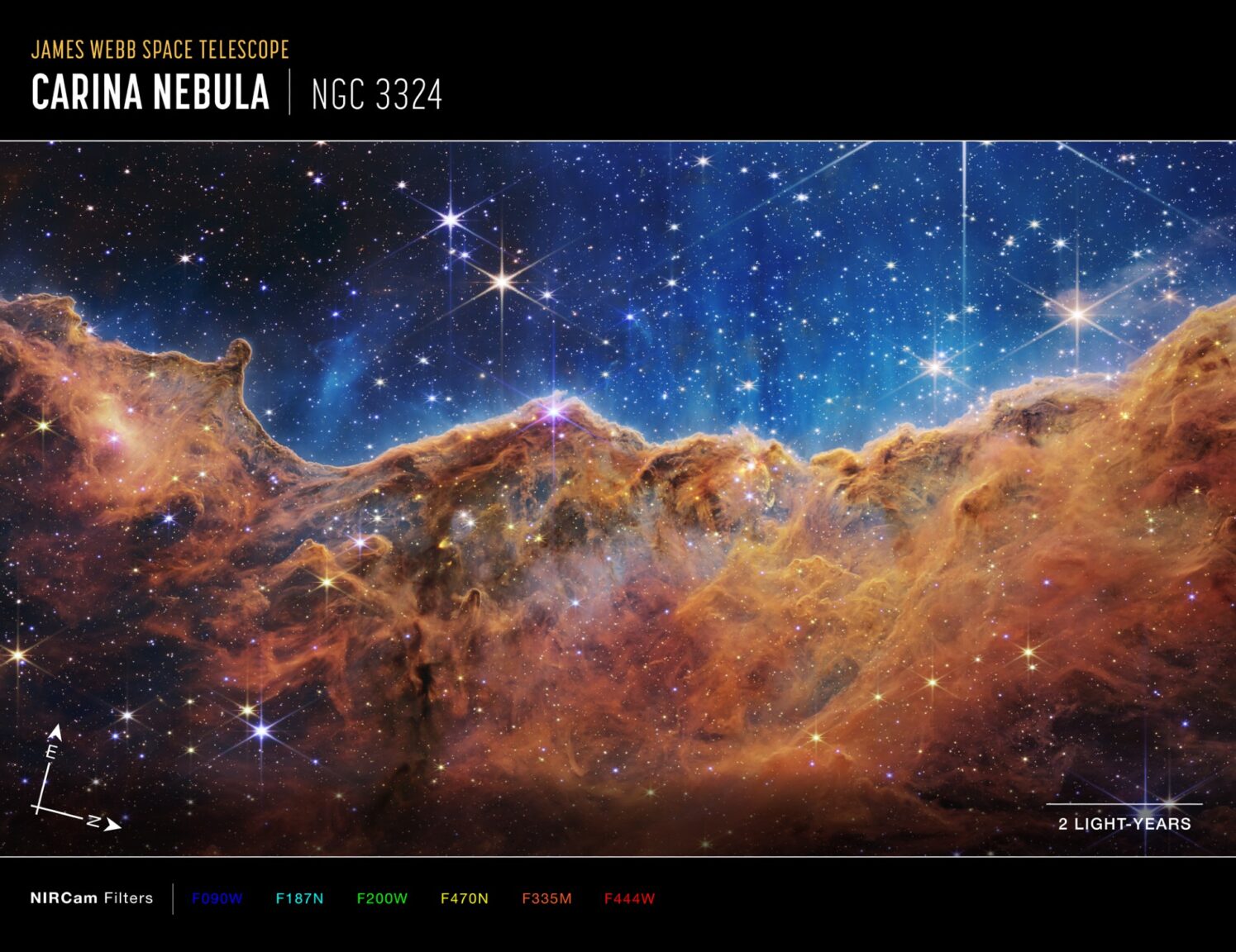
Anyone familiar with the Hubble Space Telescope has seen images of the Cosmic Cliffs of the Carina Nebula, but you’ve never seen them like this before. The Carina Nebula is a stellar nursery within the Milky Way Galaxy, about 7,600 light-years from Earth. The new James Webb images of this space sector show things we’ve never seen before. The high-resolution imagery showcases hundreds of new stars, bubbles and cavities we’ve never spotted and energetic jets blown out by newborn stars. Some structures are now apparent in the high-res images that astronomers aren’t even sure what they might be.
The Carina Nebula might look like a massive celestial body, but it maintains a delicate balance. According to Amber Straughn, a Webb Deputy Project Scientist, many hot young stars are unleashing solar winds that can disrupt the nebulae. The radiation these stars generate can help contribute to the birth of new stars, but if it pushes too far, it could erode the nebula to the point that star formation stops entirely.
There is so much to learn about these stellar nurseries. “We humans are really connected to the universe. We’re made of the same stuff in this beautiful landscape,” said Straughn during NASA’s webcast.
Looking Toward the Stars
NASA administrator closed out the webcast that showed off all these new James Webb images and he said it best. “It’s clear that Webb represents the best of NASA. It maintains our ability to propel us forward for science, for risk taking, for inspiration. We don’t ever want to stop exploring the heavens or stop daring to take another step forward for humanity. In the words of the famous Carl Sagan, somewhere, something incredible is waiting to be known. I think those words are becoming reality.” The images captured by JWST are just the smallest sample of what might be waiting for us out in the cosmos. We can’t wait to see what they find next!
Revolutionized is reader-supported. When you buy through links on our site, we may earn an affiliate commision. Learn more here.
Author
Emily Newton
Emily Newton is a technology and industrial journalist and the Editor in Chief of Revolutionized. She manages the sites publishing schedule, SEO optimization and content strategy. Emily enjoys writing and researching articles about how technology is changing every industry. When she isn't working, Emily enjoys playing video games or curling up with a good book.
